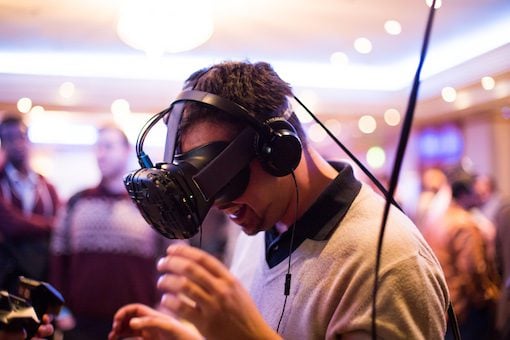The mere mention of virtual reality (VR) immediately conjures up images of headset-wearing gamers, but this somewhat cliched view is changing at lightning speed.
Today, the nascent technology is associated with a wide range of industries and although it’s already showing promise across specific sectors, it seems we are only just scratching the surface.
What is VR, where does its potential lie and does it have a killer app? We took a deep dive into the technology to answer this question, find out how mature the UK VR industry is and to decipher the opportunities and challenges for homegrown startups, scaleups and established tech businesses.
Defining VR
Jamie Denham, managing director at London-based animation studio Sliced Bread, has worked in the field of digital animation and application development for the past two decades and was quick to point out he defines VR as “a constructed space”....

